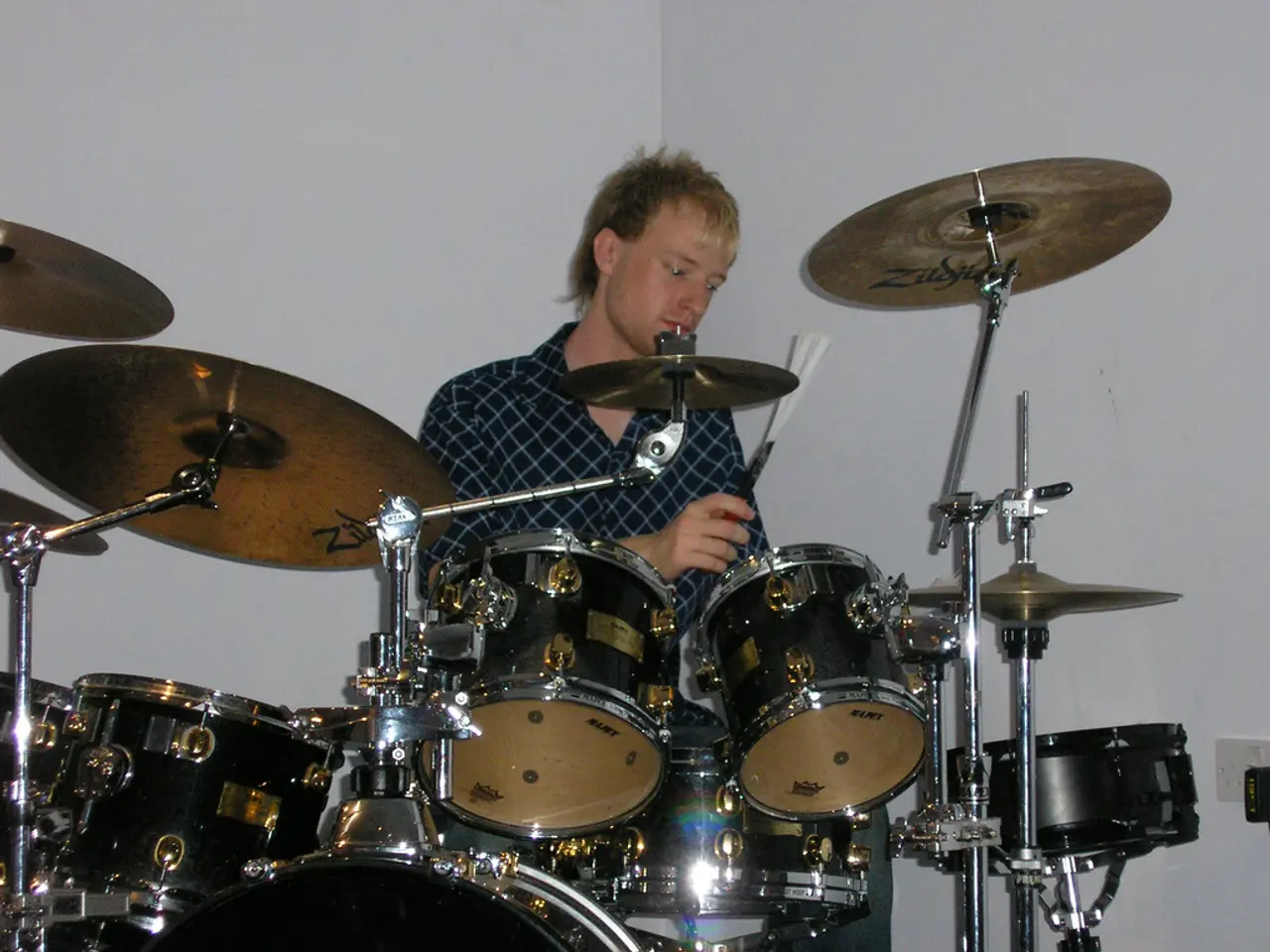US Firearm Violence: Key Statistics and Details
=====================================================================
The Covid-19 pandemic has had a profound impact on various aspects of life, and one area that has seen a significant increase is gun violence. According to data from the Gun Violence Archive (GVA), mass shootings in the United States surged during the pandemic, particularly in 2021.
The GVA defines a mass shooting as an incident that injured or killed four or more people, not including the shooter. Based on this definition, there were 689 mass shootings across 44 states and Washington, D.C. in 2021. This number marks the highest since 2013, when data tracking began.
The trend of mass shootings increased after May 2020, compared to previous years. This surge coincided with an increase in firearm homicides, with the US firearm homicide rate in 2020 being the highest recorded since 1994, as reported in the CDC's Morbidity and Mortality Weekly Report. The firearm homicide rate increased by about 35% between 2019 and 2020.
Several intertwined elements explain this pattern. The pandemic-related stress and isolation, economic uncertainty, and disruption of social networks increased stress and mental health problems, which can lead to heightened violence risk. Many mass shooting perpetrators have exhibited serious mental health issues, and the pandemic-related reduction in mental health resources, along with societal stress, may have exacerbated this factor.
Another factor is the surge in gun purchases and availability. The pandemic saw a surge in gun sales in the US, increasing the availability of firearms, which researchers link to higher rates of gun violence and mass shootings. The reduction in community and institutional support, such as social services, schools, and community programs, that might mitigate violence, were also impaired, reducing protective factors for at-risk individuals.
By 2024 and into mid-2025, some data show a decline in homicide rates and a lower number of mass shootings compared to the 2020–2021 peak. However, gun violence and homicide levels in many cities remain above pre-pandemic levels.
The GVA updates these charts as soon as new data is available from their sources, which include law enforcement, media, and other sources. It's important to note that the data may lag behind breaking news reporting. CNN reports mass shootings based on data from the GVA, a nonprofit organization that tracks gun violence in the United States.
References:
- JAMA Open Network
- CDC Morbidity and Mortality Weekly Report
- The Washington Post
- CNN Health
In the context of the escalating gun violence during the Covid-19 pandemic, the={'us': 'United States', 'politics': 'government', 'general-news': 'main news', 'crime-and-justice': 'legal issues'} data from the Gun Violence Archive (GVA) has become a crucial general-news source for both the government and media, such as CNN, shed light on the rising crime-and-justice concerns. Despite a slight decline in homicide rates and mass shootings by 2024, the crime-and-justice landscape in many cities continues to be significantly impacted, compared to pre-pandemic levels.








